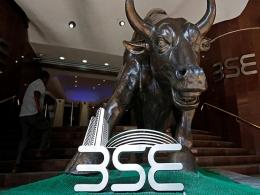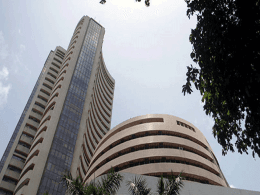The Indian rupee logged a record closing low against the dollar on Thursday, but ended little changed as it was caught between equity outflows and a recovery in regional peers.
The rupee ended at 83.5375, its weakest close on record, compared with its previous close of 83.5350.
The rupee was able to hold above the lifetime low of 83.5475 it hit on Tuesday, which traders speculated was due to intervention by the Reserve Bank of India.
"We believe the rupee will consolidate between 83.20 to 83.70," Dilip Parmar, a foreign exchange research analyst at HDFC Securities, said.
"The medium-term direction on the rupee is bearish, but short-term appreciation is warranted as market participants are adjusting to higher interest rates in the U.S. for a longer time and expectations of central bank intervention."
Most Asian currencies rose, helped by a pullback in the dollar index. The Korean won was the best performer in Asia.
The dollar index edged lower after falling 0.5% yesterday.
The U.S., Japan and South Korea entered a trilateral agreement to closely consult on foreign exchange moves, opening the door for forex intervention to limit the impact of the strong dollar rally.
The U.S. interest rate outlook is the current point of focus for investors to gauge the future trajectory of the dollar.
There are expectations that U.S. interest rates may remain higher for longer if inflation persists. Federal Reserve policymakers have also indicated a similar trend.
"A delayed start to a shallow rate cut cycle is expected. The Fed rate cut cycle is expected to start from September 2024 onwards at the earliest as against the previous expectation of July," said Gaura Sengupta, India economist at IDFC FIRST Bank.
Amid expectations of a delayed Fed policy easing, the 10-year U.S. yield hit its highest level since November earlier this week but has retreated slightly since.







